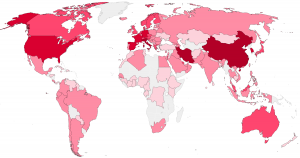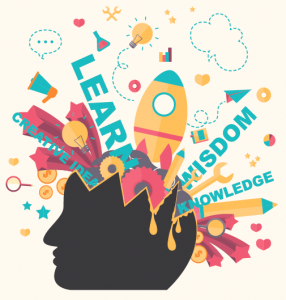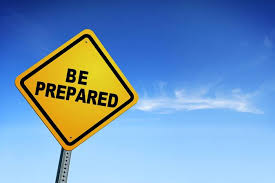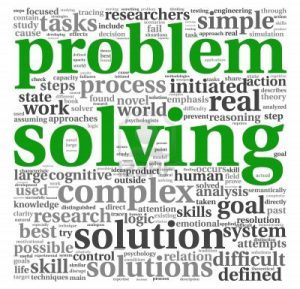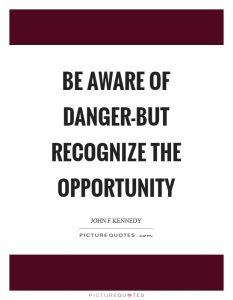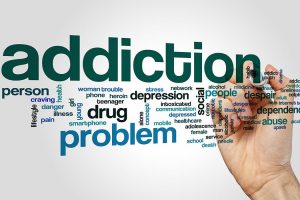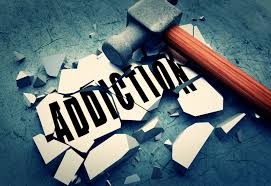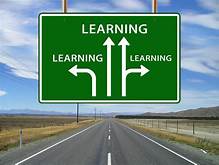 In my last posting I wrote of being coughed upon by a shopper in a local store; I developed no subsequent symptoms that could not be attributed to a rough allergy season. Lucky me!
In my last posting I wrote of being coughed upon by a shopper in a local store; I developed no subsequent symptoms that could not be attributed to a rough allergy season. Lucky me!
Some Countries, States and Counties are re-opening to less restrictive pandemic-related conditions. All associated news is fueled by either strongly approving or condemning opinion. Emotion rules selectively presented facts; contradictory critical details and insights are typically discarded without presentation.
It seems that large City dwellers want much delayed re-openings and those more scantily infected (and usually less populated) regions plead for (or take) the most rapid route to normality that’s possible.
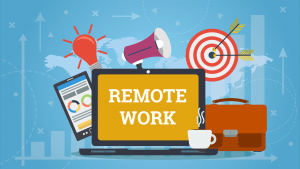 A few, high-profile Bay Area (and San Francisco) companies are making moves toward fully remote on-line operations deep into 2020. Results from early re-openings and their own empirical findings will likely influence these intentions.
A few, high-profile Bay Area (and San Francisco) companies are making moves toward fully remote on-line operations deep into 2020. Results from early re-openings and their own empirical findings will likely influence these intentions.
News Agencies continue to push the agenda of their owners, investors and financial partners; nothing new here since politicized graffiti was first regularly scratched on stone walls.
The endless stream of News hyperbole has numbed those who continue to watch and read.
It’s reasonable to hope that a viable vaccine may be developed before mid-2021; given the history of success in this area it is not at all inevitable and still cannot be assumed by those needing to carefully consider their personal plans.
Regardless, its best we all make our own personal determination of how we will in future follow COVID-19 health and social guidelines. Each of us has our unique age, current health and prior illnesses to consider along with those with whom we desire (or, have) regular contact.
If you are not working, days quickly become repetitive. Even the easiest circumstances with idyllic surrounds become tedious and monotonous unless you actively insert new schemes, experiences and interests in your day. Artificial constraints can make a prison of the best situations.
Most people in Western Countries struck by the virus are far less comfortable than I suggest above. And underdeveloped continents fare far worse; peoples savings deplete, money evaporates and basics of sustaining housing, shelter, transport and food become troubling or impossible. With this comes stress, anxiety, depression, desperation and conflict.
Most pandemic victims do not have their burdens effectively eased or shared in any way.
Poorer countries offer people much less or nothing in practical support and often additionally demand a shelter-in-place compliance that burdens their populations unbearably.
There are few places on the planet that escaped the Coronavirus. Even if you fled early most desirable locations eventually suffered similar, burdensome restrictions.
Where many fled disease followed, perhaps often accompanying the traveler.
Where I live in Santa Cruz (CA, USA) the pandemic has had mild consequences; less than Southern (CA) or Bay Area Counties. Regardless, we are all umbrellaed with burdensome restrictions deployed for surrounding communities.
Visitors are not wanted here; parking lots are taped-off, beach access controlled and public bathrooms selectively closed. Sheriffs persistently check beachgoers residency.
It is amazing how quickly interlopers are driven off when toilet doors are locked. And it’s an odd new norm having residents complain about people visibly urinating alongside closed public restrooms.
Yet the surfers still come. Pleasure Point and Steamers are busy; world famous and still  open, but basically only to locals (with Driver’s License checks often being made as surfers exit the beaches).
open, but basically only to locals (with Driver’s License checks often being made as surfers exit the beaches).
A few local restaurants and bars are still open in Capitola Village and provide take-out. The operators seem stressed and wary of visible policing and changing rules while customers appear increasingly frustrated and annoyed.
Last weekend I made a daytrip up North, just passed Placerville (3.5 hrs. drive away), for some fly fishing. This is also a particularly low-infection County. Essential merchants (gas stations, take-out food, grocery stores, etc.) remain open but they have little interest insisting customers sport mandatory masks as is monitored further South and required throughout the entire State.
 Fishing was predictably poor with big early-season run-off disturbing flow on the American River. Bites were scarce, people very distanced, but the sense of freedom was enormous. I doubt the words Coronavirus, COVID-19 or Pandemic passed through my mind a single time; release was palpable.
Fishing was predictably poor with big early-season run-off disturbing flow on the American River. Bites were scarce, people very distanced, but the sense of freedom was enormous. I doubt the words Coronavirus, COVID-19 or Pandemic passed through my mind a single time; release was palpable.
A few days earlier, I ran my sailboat out of Alameda. Other than a distanced, masked conversation with the Dock Manager I never passed within 40’ of the only other person on the docks.
Spent several hours on the water, one of which was between the Bay and Golden Gate bridges, below Alcatraz Island; never saw a single vessel of any type in that arena. I will probably never repeat this first.
 Following sailing, purchased food at a local bar offering take-out. They let me wait and have drinks while the meal was prepared. No masks were involved. Apparently, local police stay away accepting (I was told) that people must make a living.
Following sailing, purchased food at a local bar offering take-out. They let me wait and have drinks while the meal was prepared. No masks were involved. Apparently, local police stay away accepting (I was told) that people must make a living.
Days at home in Santa Cruz feature bike rides or walks for most of the population. The latest beach restrictions outlaw stationary beach setups between 11.00am and 5.00pm. I do not currently go on the beach, but these rules seem unnecessarily punitive hereabouts as beachgoers seem to attend in small groups, typically spaced very much more than 15 yards apart.
Every 5 or 6 days I am Mr. Shopping for our household. Local grocery stores are not too crowded and only occasionally depleted of essentials.
Checkouts have splatter guards since late April and everyone around Santa Cruz is now masking-up per latest CA requirements. For shopping I use a mask, disposable gloves and wipes. Purchases still get wiped off at home.
Continued (and sometimes increasing) restrictions are being received as burdensome. If you are NOT AT RISK, I can readily empathize with your growing frustrations.
And when formal restrictions finally ease even those least at risk must choose WHEN they can comfortably (say) allow a stranger close enough to cut their hair, stop using masks for shopping, reduce incessant hand-washing and discontinue wipe-downs of touched items.
Sadly, the AT RISK population will likely carry Pandemic Restrictions and associated baggage far greater than another year.
And, the current understanding of the imperfect, long-term protection afforded by antibodies in those recovered from COVID-19 is another disappointment in outlook.
Nevertheless, I wish you good fortune in mapping your personal route through the pandemic. I hope you find a convenient path that respects government-imposed social restrictions and more importantly supports your needs, health, financial and relationship responsibilities.
Ian R. Mackintosh is the author of Empower Your Inner Manager Twitter@ianrmackintosh.




